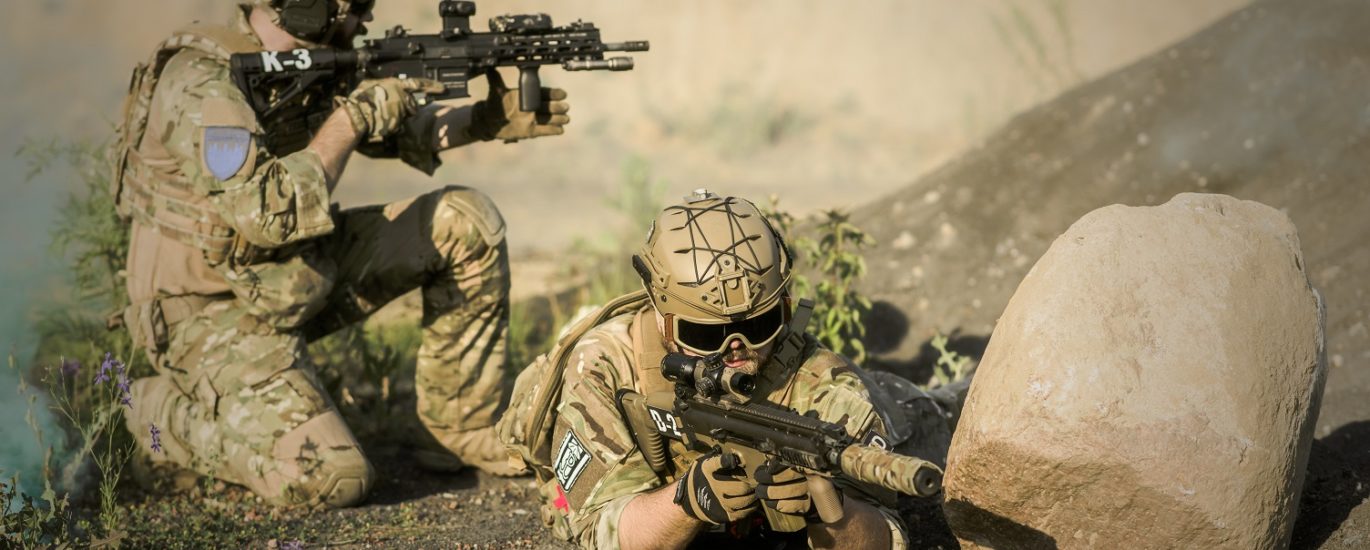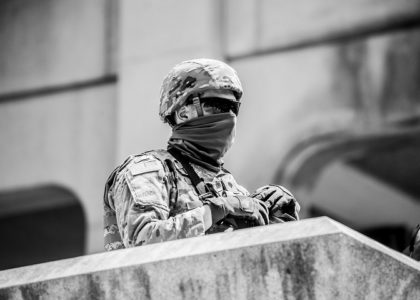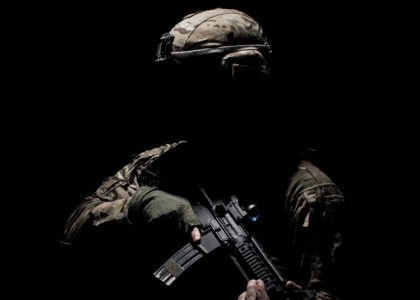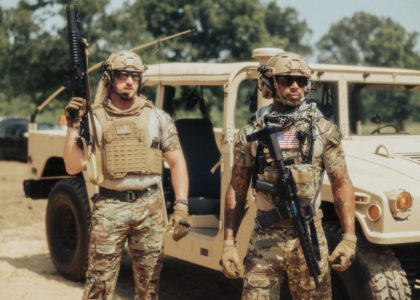If you want to be safe from ballistic threats, you need armor level iv. For the purposes of the United States National Institute of Justice, this rating represents maximum ballistic protection. Plates of this category are designed to withstand a single shot from an armor-piercing rifle with a caliber as large as.30-06 M2AP, firing at a velocity of 2,880 feet per second and a mass of 166 grains.
Armor level IV plates are primarily constructed of a ceramic composite, however steel and UHMWPE are also used. These materials are effective because they are more durable than the bullet. Extremely strong ceramics can deflect even armor-piercing ammunition like “Black Tip” 30-06 M2AP rounds. Armor piercing bullets have a hardened steel penetrator that easily penetrates the steel used in most Level III protective suits. Bullets that encounter ceramic are twisted and eroded to the point where they are less effective. Another advantage of monolithic ceramics over steel is that they can be molded into a wide range of curvatures and shapes to better fit individual anatomy. While their security features may be comparable, most armor level iv materials have vast price and weight differences.
Armor plates have traditionally been quite heavy and bulky, but in recent years manufacturers have developed a new technology that makes use of polyethylene components to make plates that are incredibly lightweight while still providing adequate protection. Armor level iv plates are issued by militaries around the world to the soldiers who accompany armored divisions or who stand guard at strategic areas where they may be targeted by snipers. Some military personnel also use the armor level iv protection indoors. Armor level iv armor is useful indoors because the kind of shots they stop are easily deflected by walls.
For more articles, please click here.






Recent Comments